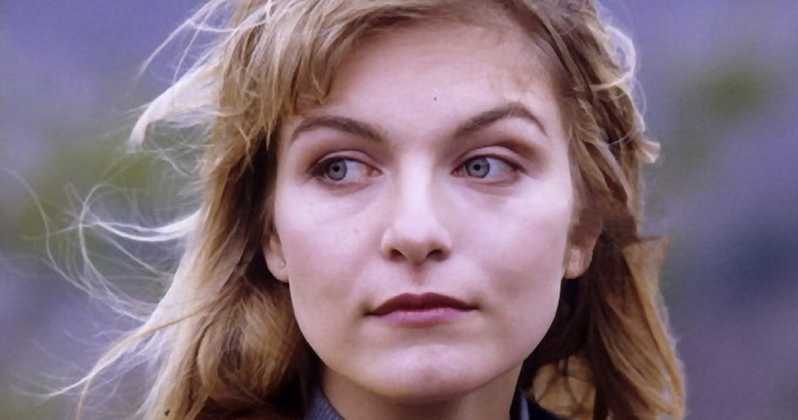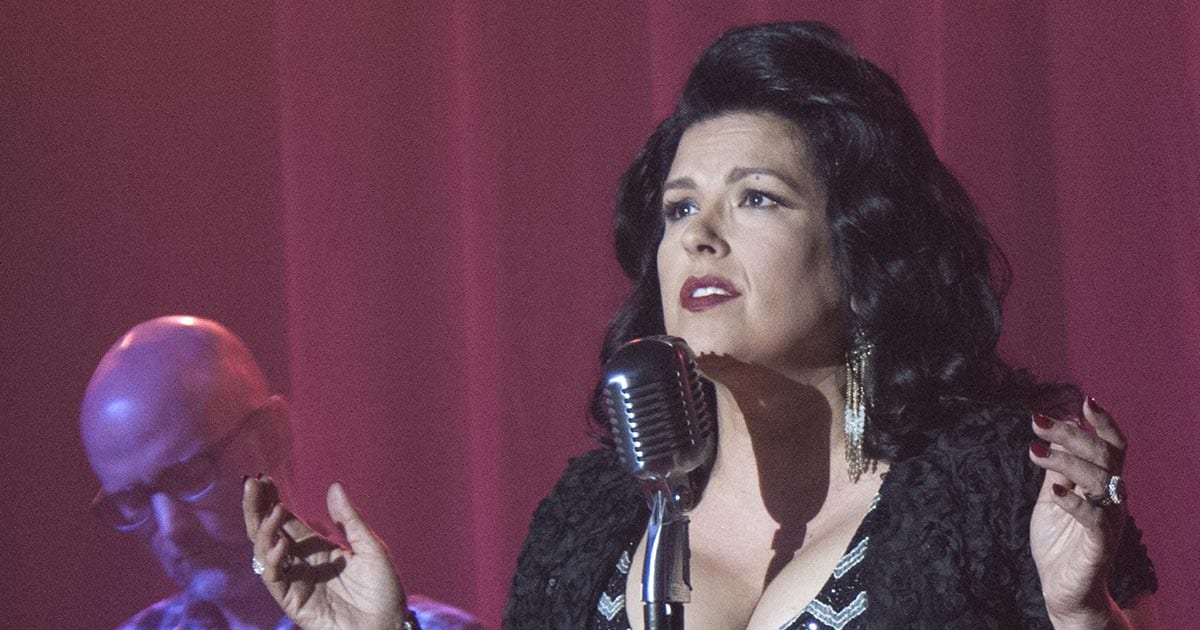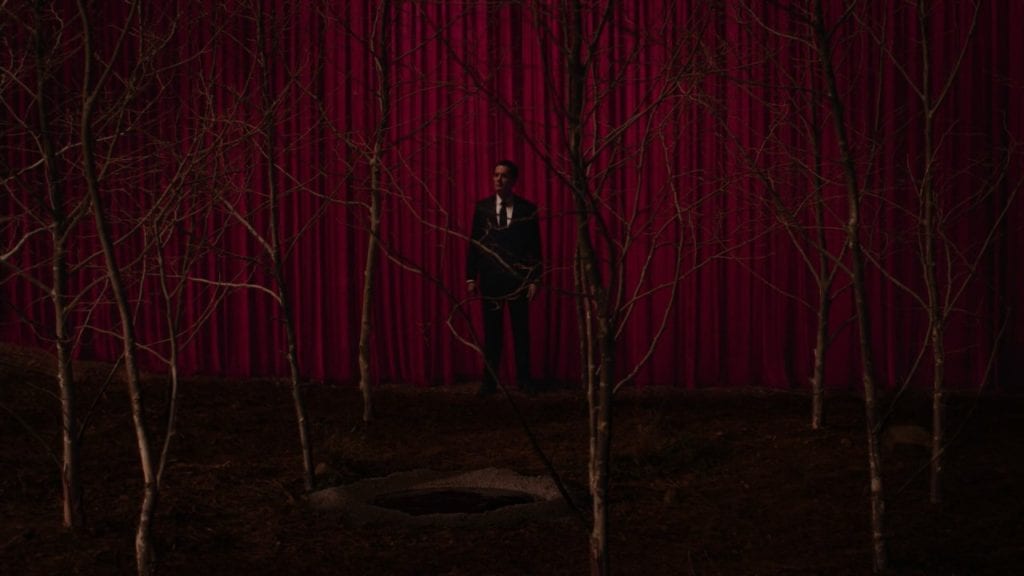Duality is the essence of Twin Peaks. The clue is even in the title. Just as there are two mountains in the titular town, there are two opposing sides of a myriad different things in this world, both literal and metaphorical. It’s the relationship and balance between these alternates that’s the key to understanding the philosophy and spirit of the show. Despite all the surreal ambiguity and the abstract ways that David Lynch and Mark Frost reveal them to us, it does have its own twisted version of yin/yang, with cause and effect existing between them.
In this two-part article, I’m going to explore the many different ways that this manifests and is presented to us in the two main layers of the story. The first being the domestic drama that consumes the life of Laura Palmer and the second being the ethereal, otherworldly experiences of Special Agent Dale Cooper. It’s the juxtaposition between these two halves of the narrative that’s responsible for that indefinable quality that makes the show so compelling. The central characters that I’ll be focusing on in this article will be the Palmer family and more specifically, Laura.
Laura is the most duplicitous character in the show, despite her lack of physical presence, which we won’t get to see until the prequel film: Fire Walk With Me. She’s the root of everything: the show, story and the events that unfurl. She was the “it” girl of the town; as the Log Lady puts it: “Laura is the one.” However, she’s not just one really, she’s two. She’s the charismatic, lovable girl that’s a big fish in a small pond; the homecoming queen who dates the quarterback and helps the community, whether it’s by delivering meals to shut-ins or tutoring the marginalised.
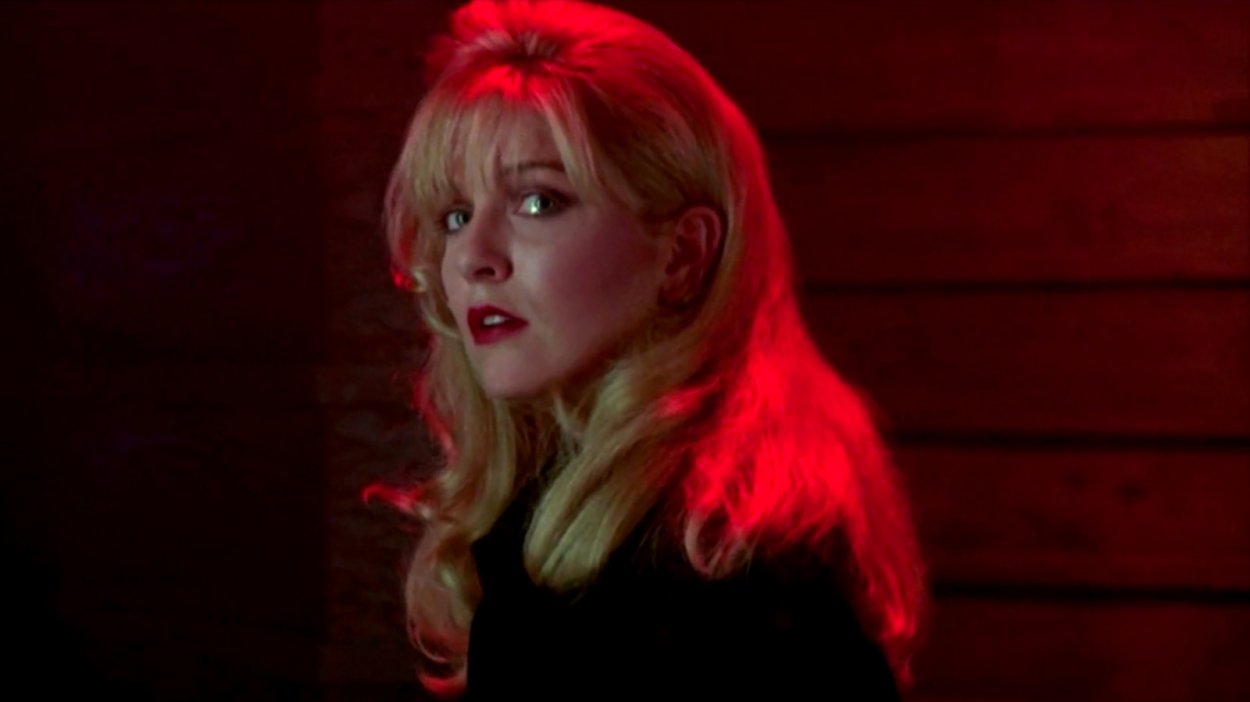
Then there’s the sexy, desirable Laura that’s found her way into the underground of a seedy society. The prostitute who sells herself to truckers and helps supply drugs to fuel her own cocaine addiction. This split personality is caused by deep trauma, that of the sexual assaults that have been inflicted on her from an early age at the hands of the devilish BOB, by way of her own father, Leland. This is the aforementioned causality, an extreme coping mechanism to try and quantify the horrors that she has to endure in her own home.
It’s this continuous double life that eventually leads to her losing the will to live, therefore allowing herself to be killed, as she sees no other way out of her situation. This is what she states in one of the pages Leland tore out of her diary that finds its way to Cooper and Donna Hayward. I also believe it’s the reason she takes the owl ring in the train carriage in FWWM, knowing it means her demise. I liken this to the famous act of the Buddhist monk Thích Quảng Đức, who set himself on fire in the street, an act of rebellion against an oppressive force (in his case, the South Vietnamese government) that shows defiance in oblivion.
This leads on to the duality of Leland and BOB. The former started as a host for the inhabiting spirit, in much the same way as a parasite. But over the many years that Leland has been under BOB’s influence, he has lost more and more control. This brings up the complicated question of where one ends and the other begins. Just before Leland’s death, BOB states that there’s “a hole where his conscience used to be.” This could suggest that he’s still himself but as his inhibitions have been worn down over the years, he’s become capable of more heinous acts.
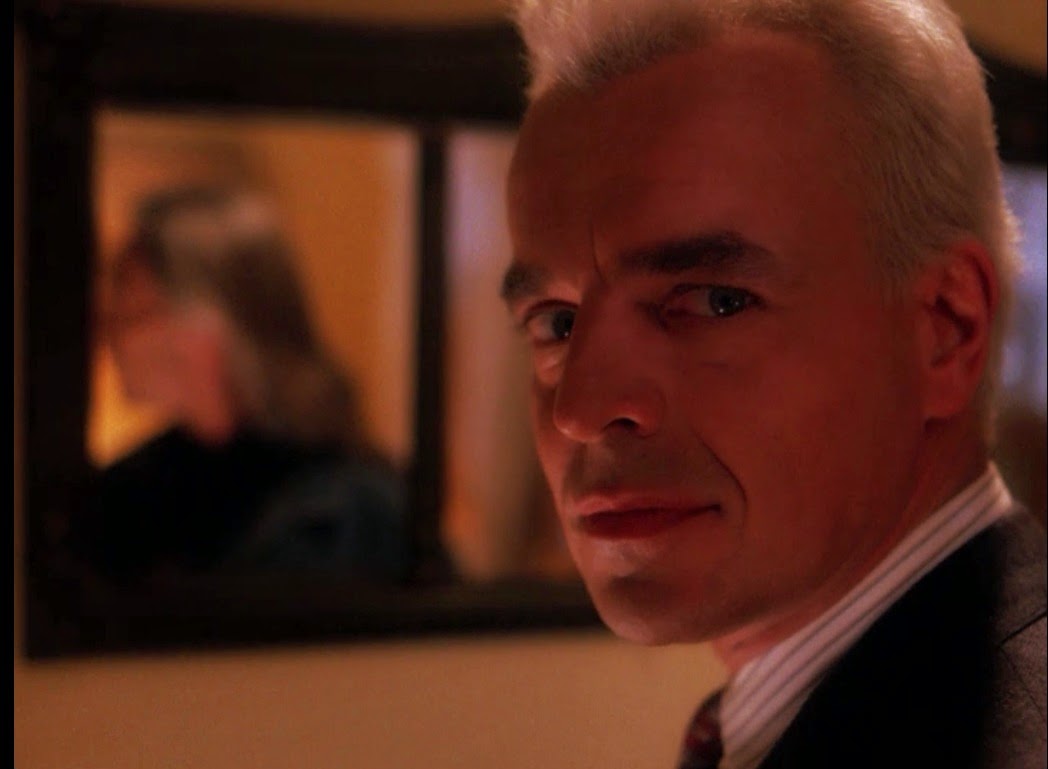
Or is it simply the case that BOB takes over when he needs to and then Leland has no memory of his actions, more like someone suffering from extreme schizophrenia? MIKE, who used to be BOB’s partner in murders, actually fully reforms and instead becomes his nemesis, trying all he can to prevent further killings. This is another example of causality but what’s interesting is that Philip Gerard, MIKE’s host, keeps him at bay with drugs used to treat multiple personality disorder; thus supporting the latter theory.
It’s impossible to say for certain and there are scenes that support both lines of thought. Plus it could be argued that even when Leland seems sincere that it could just be another cunning form of manipulation, much like how an abuser might treat their victim in their less violent moments. What we do know is that like Laura, Leland had two sides to himself. The difference between them is that she was strong enough not to be completely consumed by BOB, despite his relentless attempts to infiltrate her very being.
In The Return, we also find that even Laura’s mother Sarah has had a hidden entity inside her since childhood. It’s left ambiguous but it’s strongly suggested that it could be none other than the infamous Judy herself, first mentioned by Phillip Jeffries and perhaps the root of all evil. We don’t see much of the impact that this creature has had on Sarah except that it may have driven her to be a reclusive, chain-smoking alcoholic in her twilight years. Although it could be argued that this was also caused by the loss of her only daughter and husband who murdered her, in quick succession.
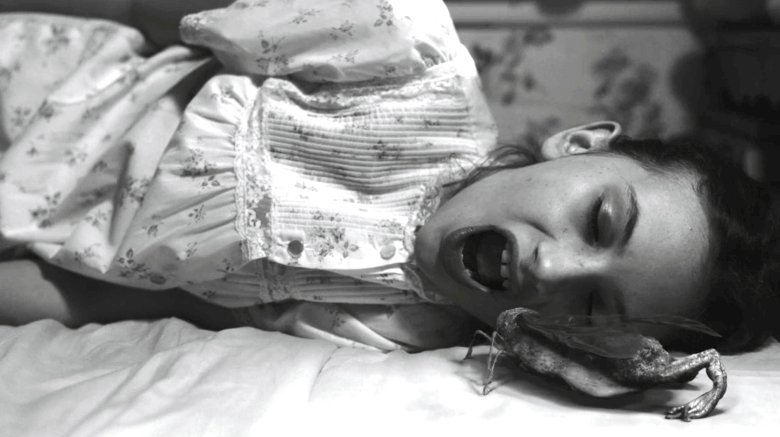
However, we saw that Judy was responsible for the creation of BOB, so was her presence in the Palmer house the original catalyst for all the family went through? Or a combination of all of the above? Whatever’s responsible for her deep pain and sorrow, the creature is feeding off these emotions and leaving Sarah a hollow shell. The only major way we see this manifest is when she has an altercation with a vile man in a bar. We see the darkness inside her when she lifts her face off and then tears the man’s throat out with her bare teeth.
The bottom line is that all of the Palmer family are tormented by their darker sides that take different forms. The only difference is that Laura’s is an internal one, whereas Leland and Sarah’s started as external but are now very much ingrained in the fibres of their being. She made the ultimate sacrifice and chose death over slavery of the soul, an even more courageous act when you take into consideration how young she was. The cause of all this family’s evil torment isn’t clear. If you look from co-writer Mark Frost’s perspective, using the lore of the show, he hints in his book The Final Dossier that this could be the work of ancient, evil, mythical deities.
This is supported by the events we see transpire in Part 8 of The Return, where we see it suggested that Judy was released by the atomic bomb tests in the desert of New Mexico. This unnatural, man-made power that shouldn’t exist tore open the fabric between realities and allowed something very sinister to enter our world. The Fireman then reacts to this accordingly by sending Laura to earth, as some kind of riposte. The abnormal act of splitting the atom will go on to be reflected in the perverse dynamics of this nuclear family. If you were to look from co-writer/director David Lynch’s viewpoint—which is a more raw, artistic one—his earlier work suggests that this may all just be a meta commentary on the darkness that plagues the serene picture of the all-American family in suburbia.
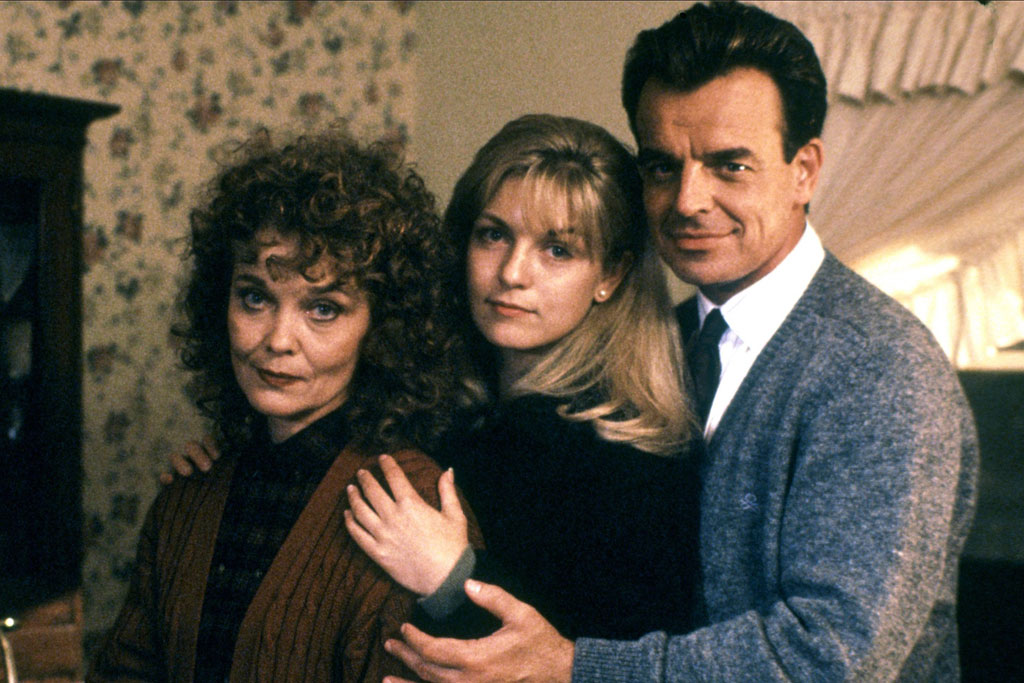
The Palmer family and their connections to the rest of their community constitute the lighter half of the story. The part that takes place on the surface, so to speak, and where all of the soap opera-style drama stems from. This started out as a pastiche but then became progressively more harsh and brutally real. Everyone in the town knew Laura, and the first part of the narrative explores how each individual is handling the shocking loss. In this way, it’s much like the non-fiction Truman Capote book In Cold Blood, which examines how a small town is affected by the brutal slaughter of a family. The massive impact and tremors that such a violent act can cause are immeasurable.
This is demonstrated by the fact that parts of Laura’s life continue to unfold, even after her death. Donna picks up the pieces left by her better half. This includes the secret relationship she had with James and taking over her meals-on-wheels program and meeting Harold, another man in her life. Whereas Audrey Horne follows in the footsteps of the shady Laura, down the dark rabbit hole. This leads her to the brothel she worked in, hard drugs and the criminals that facilitate such vices. Both Donna and Audrey become reflections of the two sides of Laura respectively, to varying degrees.
As if that weren’t enough, Laura also has two other, more literal doubles in the form of Maddy Ferguson and Teresa Banks. Again, Maddy, her cousin who has a striking resemblance to her, becomes a literal stand-in for her good side. Not just in the eyes of Donna and James, causing melodrama between them, but also for Leland and Sarah, for whom she becomes a surrogate daughter. This proves fatal for her, as she’s unaware that Leland is responsible for Laura’s death, which tragically leads to her own demise when she tries to leave Twin Peaks.
As for Teresa, she is dark Laura’s doppelgänger that comes from a town that itself is a bleak reflection of Twin Peaks. Deer Meadow comes with a diminutive sheriff’s station that includes its own shady alternates of Lucy, Andy and a belligerent opposite to Sheriff Truman. It also has a run-down version of the RR in the form of Hap’s Diner, where Theresa worked, which comes complete with its own exasperated, haggard Norma. You could even draw a parallel between Teresa’s home, the Fat Trout Trailer Park and the Great Northern Hotel, linking Carl and Ben as their respective owners.
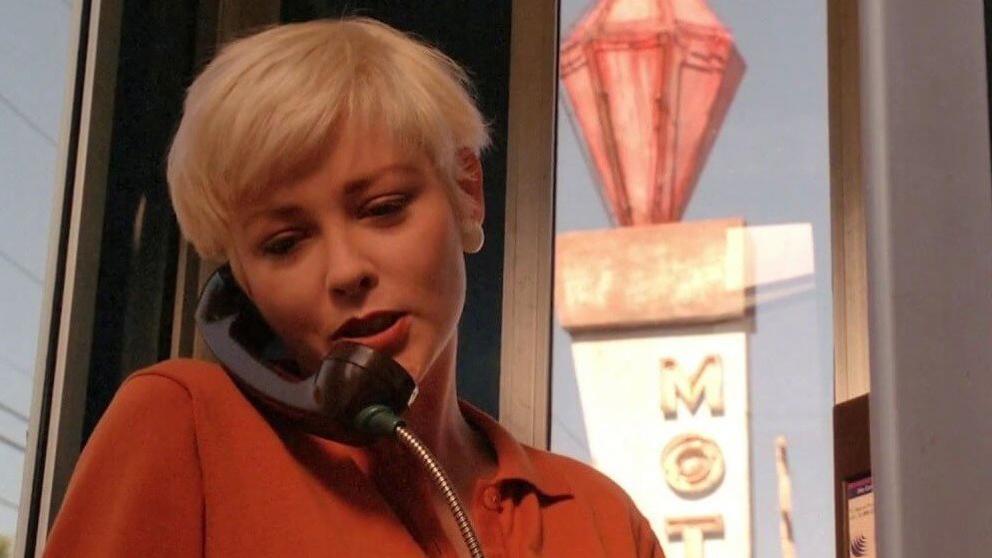
Theresa was an unknown drifter with no friends or family and so no one comes forth to identify her body after her death at the hands of Leland. At one point, during one of their intimate moments, he even says that she is “so much like his Laura.” She becomes the rehearsal for his main event, building himself up to the murder of his own daughter. This is a known method used by serial killers in real life, killing strangers until they can muster the will to confront someone closer to them.
When you break it down and examine the world of Twin Peaks, it’s so rife with duality that it’s hard to see how you didn’t pick up on all the different examples of it in your first viewings. I put this down to all the other great elements of the show that can distract you from the obvious. What is it that Lynch and Frost are saying thorough this constant doubling? Is Frost telling us that there’s a counterpoint for all people and things out there somewhere? Or is Lynch trying to show us the cosmic balance between the forces of the universe?
Whichever perspective you subscribe to personally, both creators offer different angles to what the yin/yang of the show is. One, more logical and analytical, the other, more creative and existential. This is, in essence, where the genius of the show comes from and what makes them the Lennon and McCartney of TV writers. The fact that they leave the definitive answer ambiguous and allow the audience to judge for themselves what they think is the correct interpretation, just makes the meaning that much more compelling.
Please join me again for Part 2 of this article, as I delve into the yang of this article’s yin. I’ll be exploring how Cooper and his narrative correspond to what I’ve shed light onto here and how both intertwine to weave the fabric of the intricate tapestry that is Twin Peaks.
